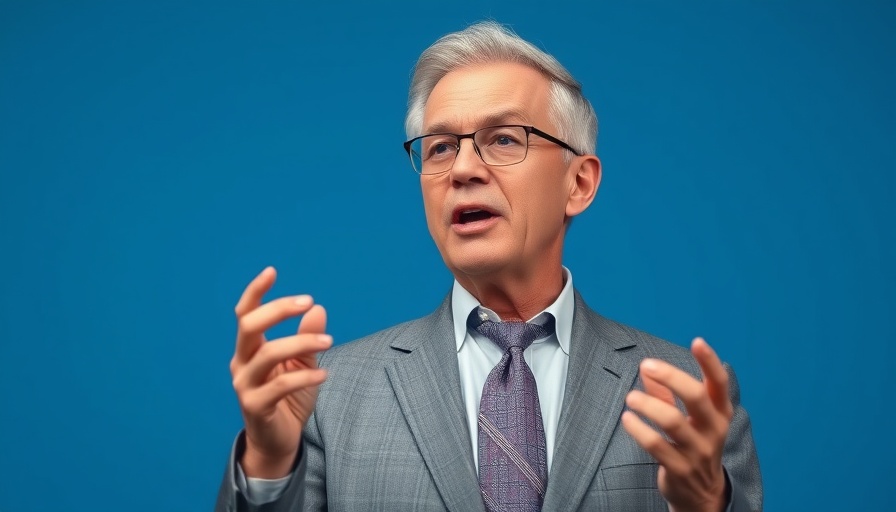
Health Secretary Announces Reversal of Key CDC Cuts
In a recent announcement, U.S. Health and Human Services Secretary Robert F. Kennedy Jr. indicated that some significant cuts at the Centers for Disease Control and Prevention (CDC) would be reversed. This change comes amid concerns about the impact of budget reductions on crucial health programs across the country.
Lead Poisoning Prevention Efforts Threatened
Among the programs impacted by recent budget cuts was the lead poisoning prevention and surveillance branch of the CDC. This office plays an essential role in tracking lead exposure in children, especially in areas like Milwaukee, Wisconsin, where lead contamination in schools has raised alarm among public health officials and parents alike. Kennedy emphasized that some of the cuts made during the restructuring were made in error, and the reinstatement of vital personnel was part of the plan from the outset.
What Comes Next for the CDC?
While Kennedy expressed confidence in reinstating some of these essential programs, the timeline and logistics remain uncertain. As of now, the CDC has not received formal notification regarding the return of lead program positions. Furthermore, there is ambiguity about whether this initiative will be housed back within the CDC or transitioned to a new entity known as the Administration for a Healthy America.
Community Response and Future Implications
Communities previously benefiting from CDC support, like Milwaukee, are left in anticipation. Local health departments are concerned that without clear communication about the future of these programs, children remain at risk of lead poisoning—a serious public health issue that can lead to significant developmental problems.
Understanding the Landscape of Health Funding
This reversal illustrates the delicate balance in federal health budgeting and the necessity for ongoing public health funding. As communities navigate these changes, understanding how budget cuts affect health programs—especially those targeting vulnerable populations—is critical. Engaging with this issue not only impacts public health today but also shapes future investing in public health infrastructure that protects the nation’s youth.
 Add Row
Add Row  Add
Add 




Write A Comment